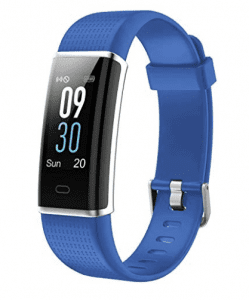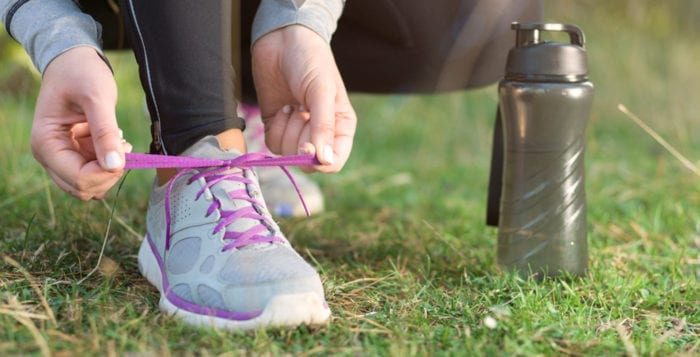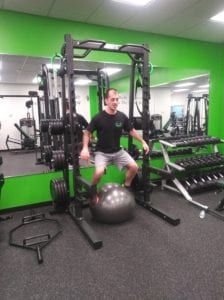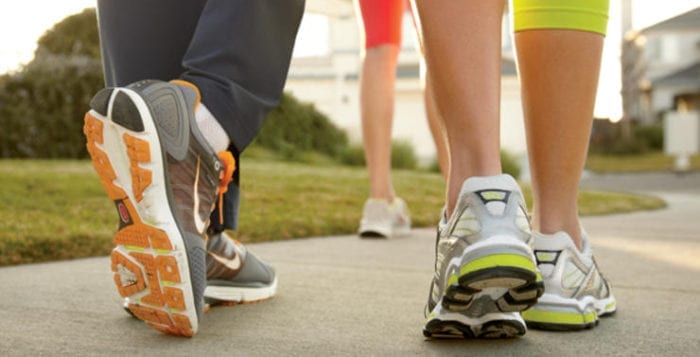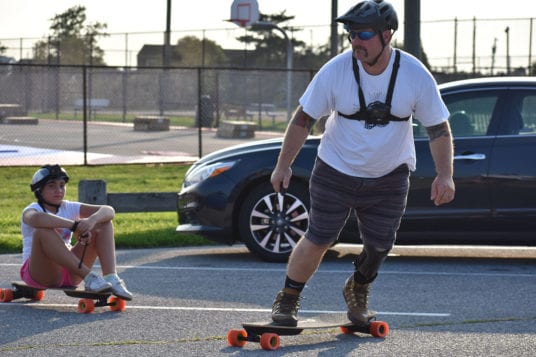By David Dunaief, M.D.

It is now the second week in January, and most of us have made a New Year’s resolution – or many of them. You’ve taken the first step, but how do you increase the “stickiness factor,” a term used by Malcolm Gladwell in his book, “The Tipping Point”?
Setting a goal that is simple and singular helps. We often overdo it by focusing on multiple resolutions, like eating better, exercising more and sleeping better. While these are all admirable, their complexity diminishes your chances of success. Instead, pick one to focus on, and make the desired impact part of your goal. For example, improve health by losing weight and reversing disease.
Changing habits is always hard. There are some things that you can do to make it easier, though.
Your environment is very important. According to Dr. David Katz, director, Yale-Griffin Prevention Research Center, it is not as much about willpower as it is about your environment. Willpower, Katz notes, is analogous to holding your breath underwater; it is only effective for a short timeframe. Thus, he suggests laying the groundwork by altering your environment to make it conducive to attaining your goals. Recognizing your obstacles and making plans to avoid or overcome them reduces stress and strain on your willpower.
According to a study, people with the most self-control utilize the least amount of willpower, because they take a proactive role in minimizing temptation (1). Start by changing the environment in your kitchen.
Support is another critical element. It can come from within, but it is best when reinforced by family members, friends and co-workers. In my practice, I find that patients who are most successful with lifestyle changes are those where household members are encouraging or, even better, when they participate in at least some portion of the intervention, such as eating the same meals.
Automaticity: Forming new habits
When does a change become a new habit? The rule of thumb used to be it takes approximately three weeks. However, the results of a study at the University of London showed that the time to form a habit, such as exercising, ranged from 18 to 254 days (2). The good news is that, though there was a wide variance, the average time to reach this automaticity was 66 days, or about two months.
Lifestyle modification: Choosing a diet
U.S. News & World Report released its annual ranking of diets last week (3). Three of the diets highlighted include the DASH (Dietary Approach to Stop Hypertension) diet, the Ornish diet and the Mediterranean diet. These were the top three for heart health. The Mediterranean diet was ranked number one overall, and the DASH diet was ranked second. Both the Ornish and the DASH diets ranked in the top six.
What do all of the top diets have in common? They focus on nutrient-dense foods. In fact, the lifestyle modifications I recommend are based on a combination of the top diets and the evidence-based medicine that supports them.
For instance, in a randomized crossover trial, which means patients, after a prescribed time, can switch to the more effective group, showed that the DASH diet is not just for patients with high blood pressure. The DASH diet was more efficacious than the control diet in terms of diabetes (decreased hemoglobin A1C 1.7 percent and 0.2 percent, respectively), weight loss (5 kg/11 lb vs. 2 kg/4.4 lb), as well as in HDL (“good”) cholesterol, LDL (“bad”) cholesterol and blood pressure (4).
Interestingly, patients still lost weight, although caloric intake and the percentages of fats, protein and carbohydrates were the same between the DASH and control diets. However, the DASH diet used different sources of macronutrients. The DASH diet also contained food with higher amounts of fiber, calcium and potassium and lower sodium.
Therefore, diets high in nutrient-dense foods may be an effective way to lose weight while treating and preventing disease.
I will share one more tip: Take it day by day, rather than obsessing on the larger picture. Health and weight loss can – and should – go together.
References:
(1) J Pers Soc Psychol. 2012;102:22-31. (2) European Journal of Social Psychology, 40: 998–1009. (3) www.usnews.com. (4) Diabetes Care. 2011;34:55-57.
Dr. Dunaief is a speaker, author and local lifestyle medicine physician focusing on the integration of medicine, nutrition, fitness and stress management. For further information, visit www.medicalcompassmd.com.



